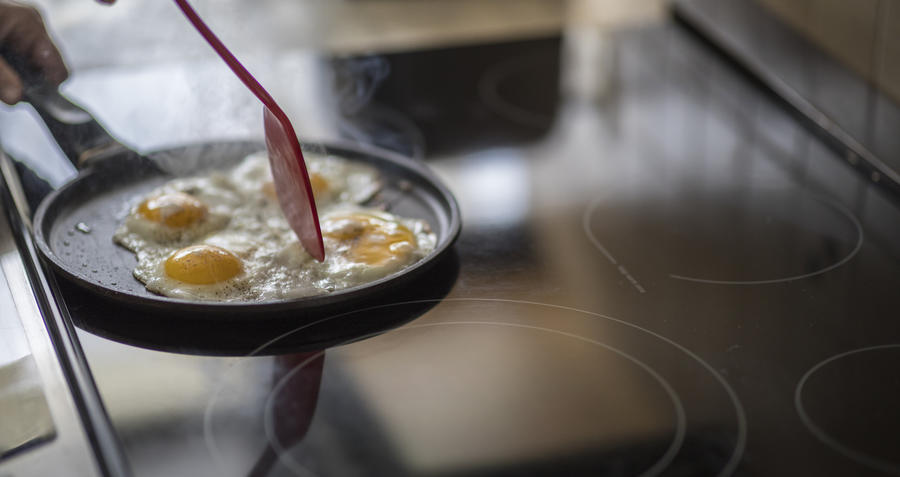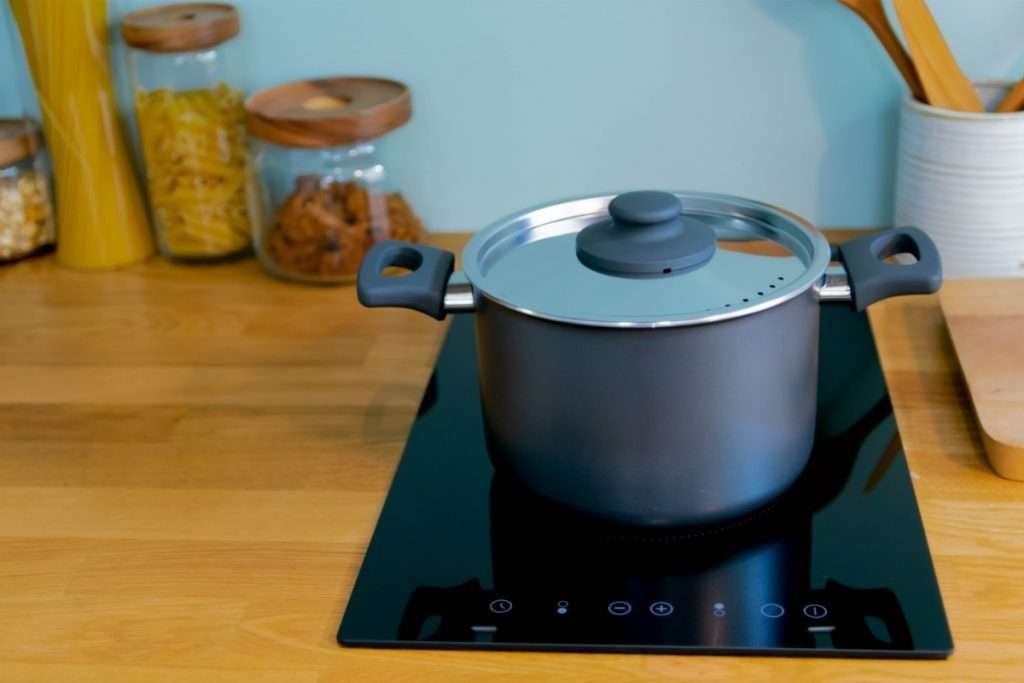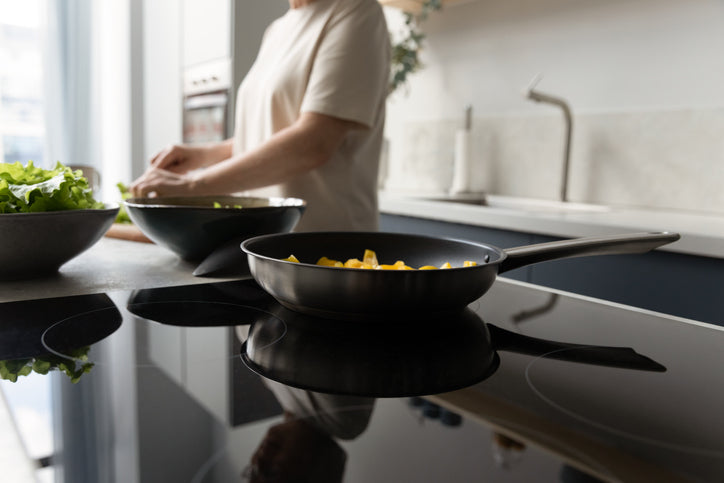The use of cast iron cookware on induction stoves is increasingly popular among kitchen professionals. However, many chefs and home cooks have experienced the problem of cast iron becoming smoky on induction. This phenomenon can be frustrating, especially when trying to prepare meals efficiently. Understanding the reasons behind this and how to manage it can make a significant difference in your cooking experience.
Induction cooking has become a favored choice for many due to its quick heating and precise temperature control. However, the unique characteristics of cast iron can sometimes lead to smoke issues when used on these cooktops. Let's delve into why this happens and explore solutions to keep your kitchen smoke-free while maximizing the benefits of induction cooking.

Why Does Cast Iron Smoke on Induction?
Heat Distribution and Temperature Control
One of the primary reasons for cast iron becoming smoky on induction is uneven heat distribution. Induction cooktops heat the cookware directly through magnetic induction, which can cause the cast iron to heat rapidly and unevenly if not managed properly. This rapid heating can lead to the smoking of oils or residues left on the pan's surface.
Moreover, an improperly seasoned pan can exacerbate the problem. Seasoning is crucial for creating a non-stick layer on the cast iron, but if the layer is too thin or uneven, it can quickly burn and cause smoke.
Residual Food and Oil
Another factor contributing to the smoke is residual food particles or excess oil left on the pan. When these residues are not thoroughly cleaned or managed, they can burn quickly when exposed to the high temperatures of an induction cooktop. This not only causes smoke but can also impart unwanted flavors to your dishes.
Effective Solutions to Minimize Smoke
Proper Seasoning Techniques
Ensuring your cast iron is well-seasoned is crucial. A well-seasoned pan has a smooth, even layer of polymerized oil that prevents sticking and minimizes smoke. To achieve this, regularly apply a thin layer of oil to your cast iron and heat it on the induction stove until it reaches the smoke point, then allow it to cool. For more detailed steps, you can check out how to maintain seasoning on induction cooktops.
Temperature Control
Managing the heat is essential. Start by preheating your cast iron on a low setting and gradually increase the temperature. This method allows the pan to heat evenly and reduces the chances of the oil or seasoning burning. Remember, patience is key when dealing with cast iron and induction cooking.
Consider using an infrared thermometer to monitor the pan's surface temperature accurately. Keeping the temperature below the smoke point of the oil used for seasoning can significantly reduce smoke production.
Cleaning and Maintenance
Regularly clean your cast iron thoroughly to remove any food residues and excess oil. Use a stiff brush or a scraper to get rid of any stubborn particles. Avoid using soap as it can strip the seasoning. Instead, rinse with hot water and dry completely before storing. Learn more about avoiding food sticking and maintaining your cast iron cookware here.
Are Induction Cooktops Suitable for Cast Iron?
Induction cooktops are indeed suitable for cast iron, providing several advantages such as rapid heating and precise temperature control. However, the heavy and dense nature of cast iron requires careful handling to prevent smoke and maintain the cookware's integrity.
According to Whirlpool, using cast iron on induction cooktops is perfectly safe and can be highly effective if managed correctly. The key is understanding the interaction between the two and adjusting cooking techniques accordingly.
Additional Tips for Successful Induction Cooking with Cast Iron
Preheating Properly
Preheat your cast iron slowly to ensure even heat distribution. Avoid placing a cold pan on a high heat setting, as this can lead to thermal shock and exacerbate smoking issues.
Using the Right Oils
Choose oils with high smoke points for seasoning and cooking. Oils such as grapeseed, canola, or avocado oil are excellent choices as they can withstand higher temperatures without burning.
Monitoring and Adjusting
Keep a close eye on your cooking process and be ready to adjust the heat as needed. If you notice excessive smoke, lower the temperature or remove the pan from the heat to prevent the seasoning from burning.
For more insights on how to use cast iron effectively on induction stoves, visit this guide.

FAQs
Why does my cast iron smoke more on induction than gas?
Induction cooktops heat more efficiently and quickly than gas, which can lead to the faster burning of oils and residues on the cast iron surface.
Can smoking damage my cast iron pan?
While occasional smoking won't ruin your cast iron, regular smoking can affect the seasoning layer and may eventually lead to surface damage if not addressed.
Is smoking a sign of a poorly seasoned pan?
Yes, a smoking pan can indicate uneven or insufficient seasoning. Ensuring a consistent seasoning layer is crucial for minimizing smoke.






Leave a comment
This site is protected by hCaptcha and the hCaptcha Privacy Policy and Terms of Service apply.